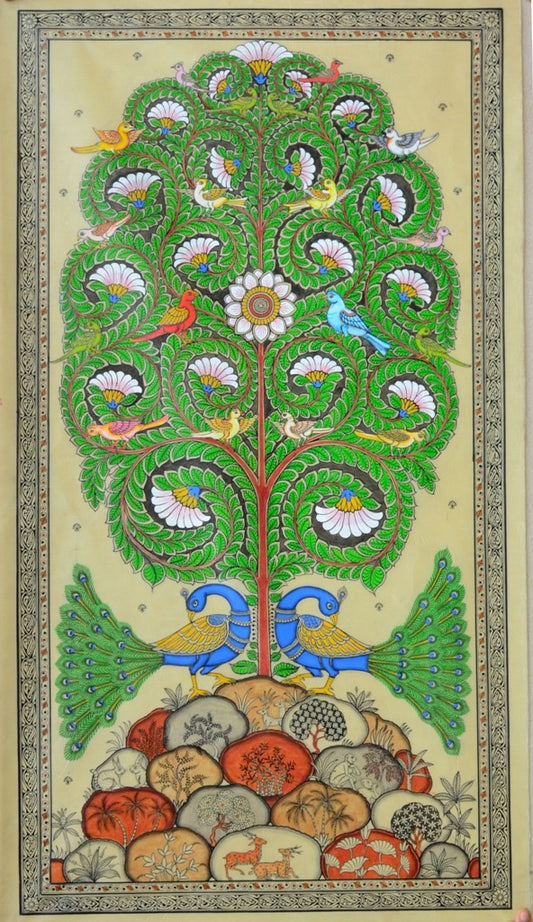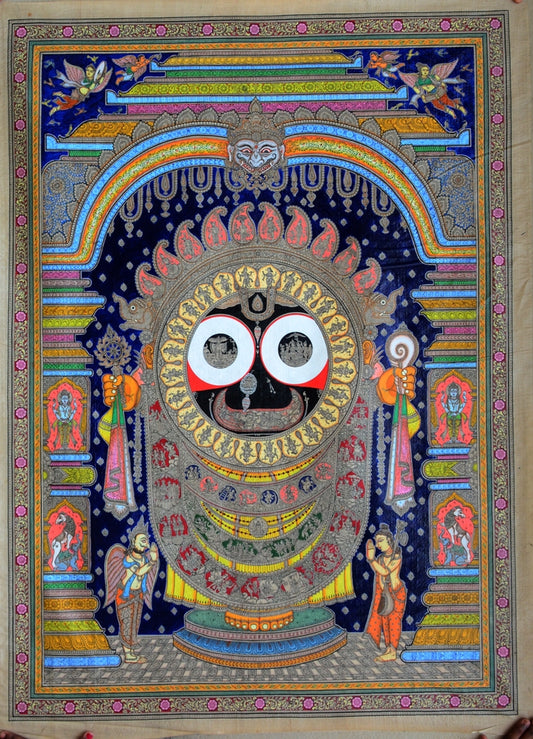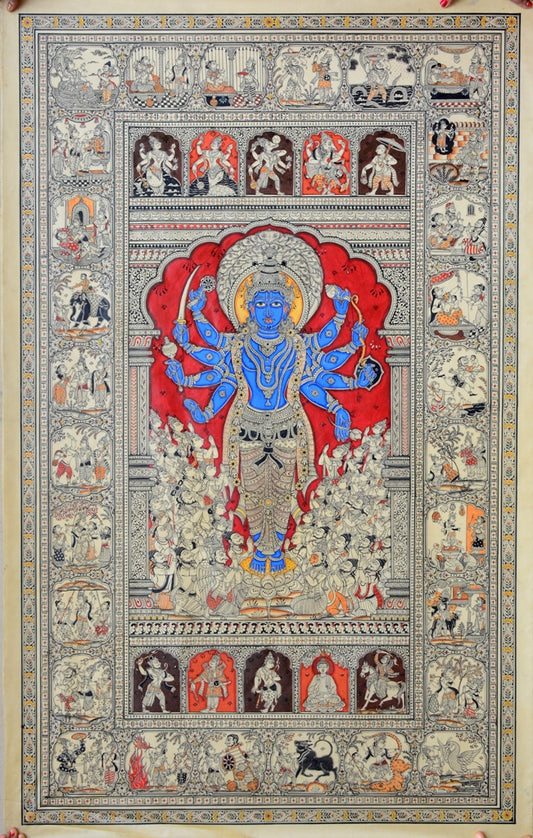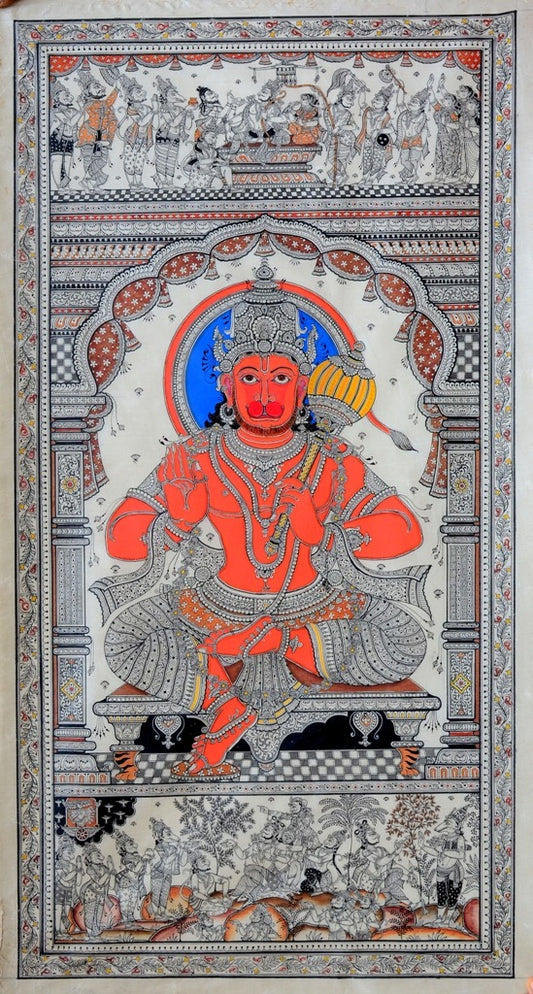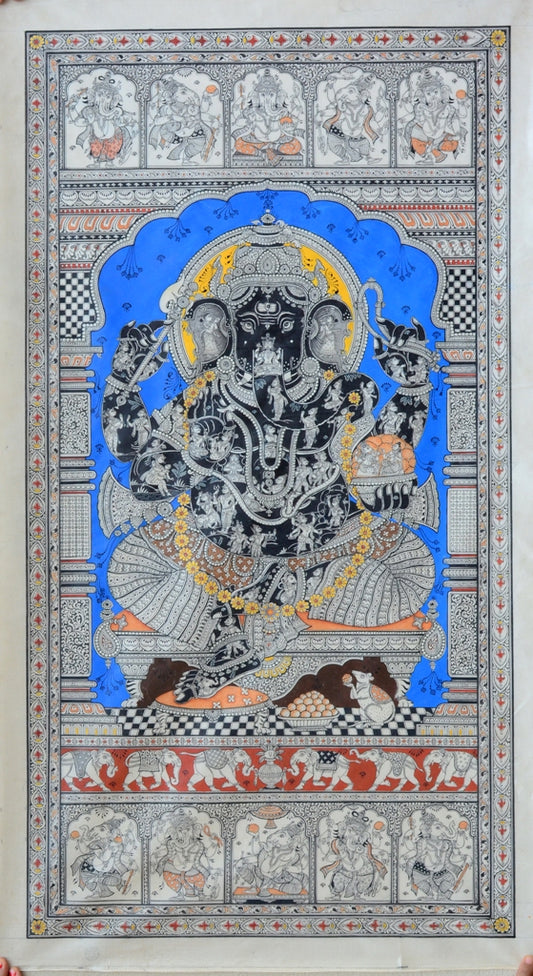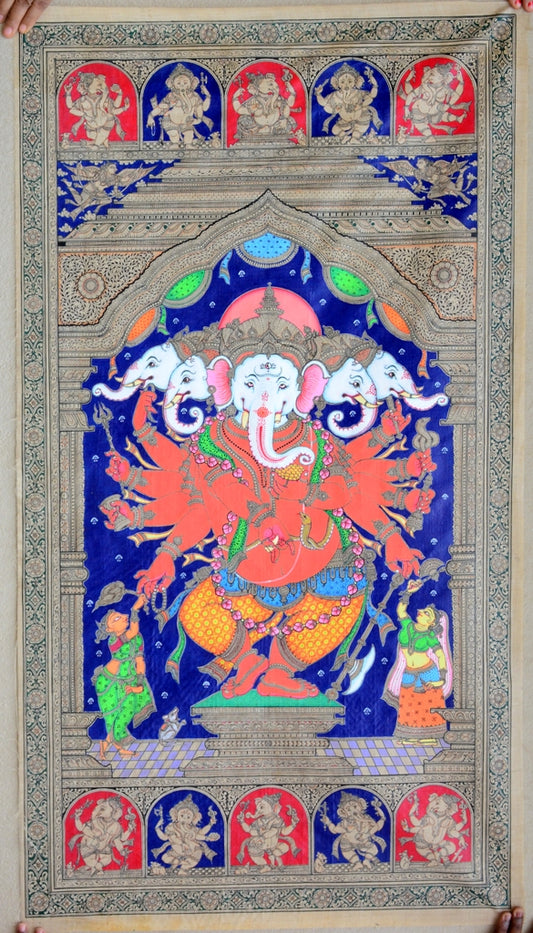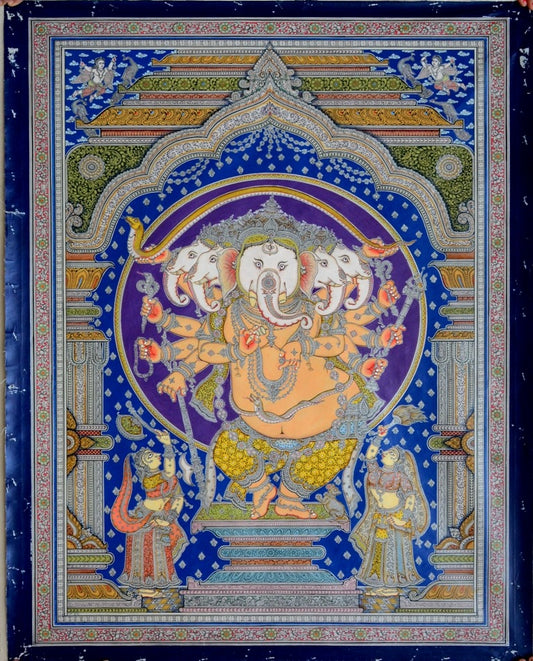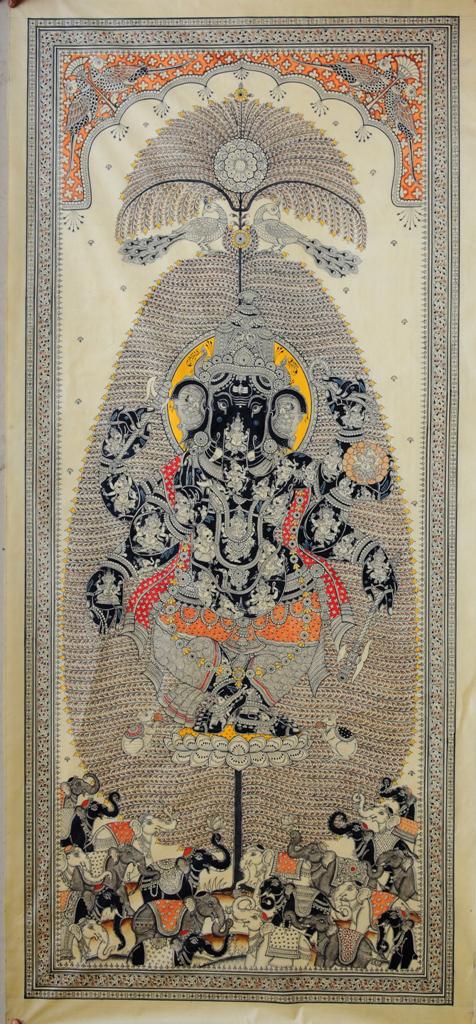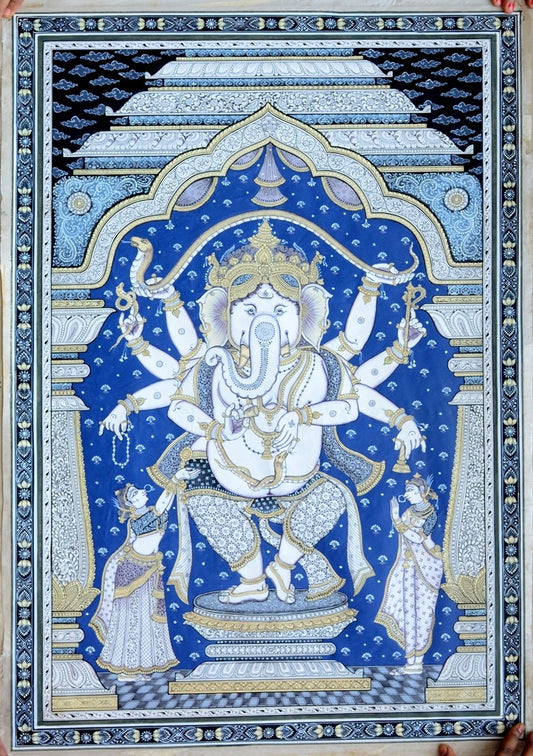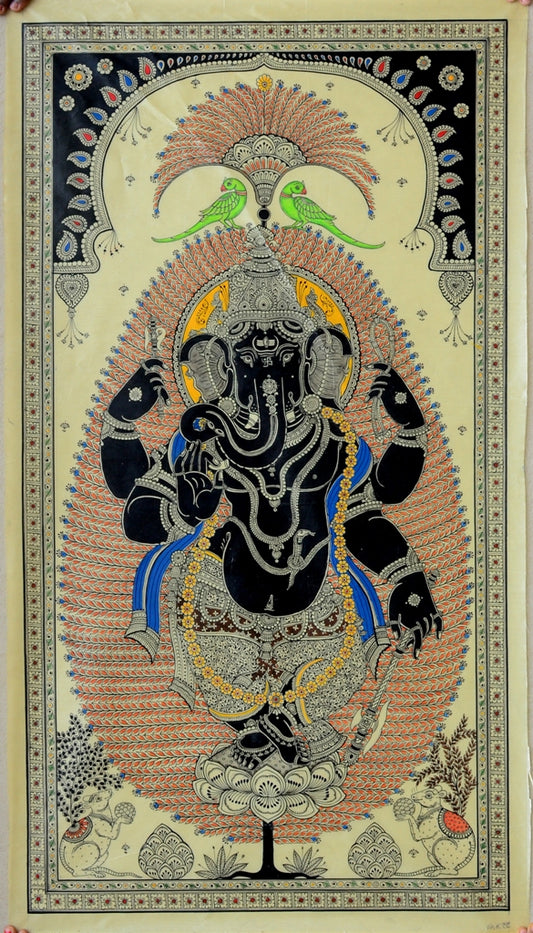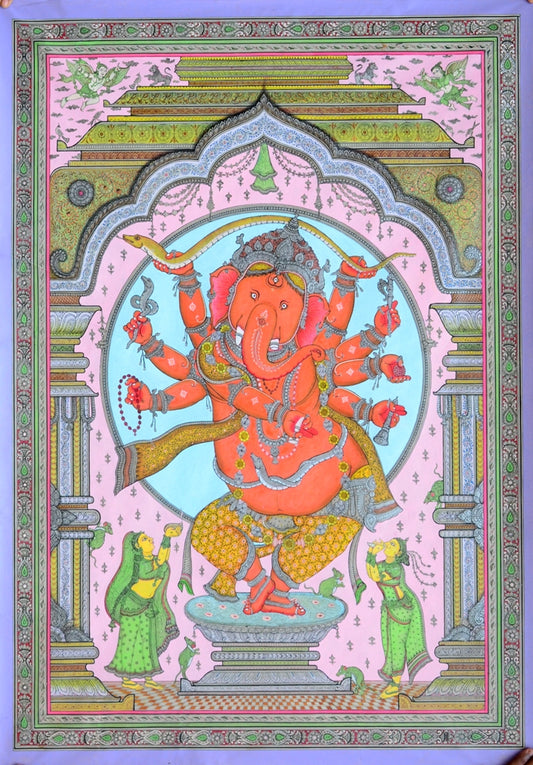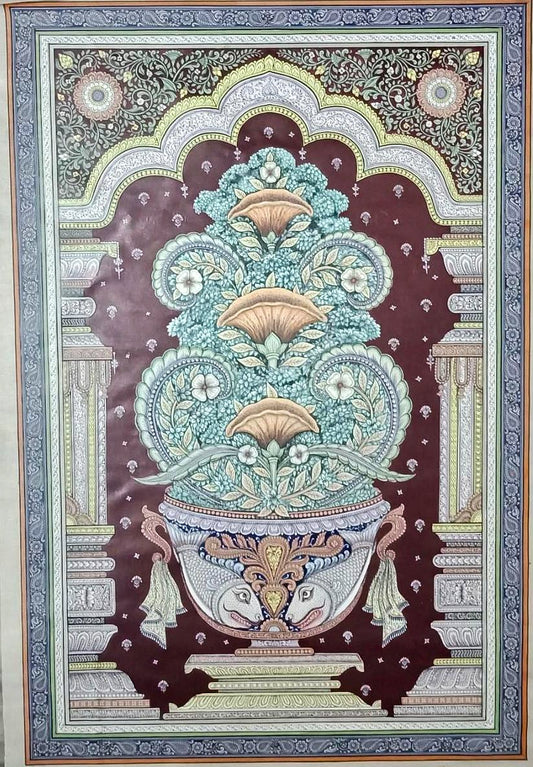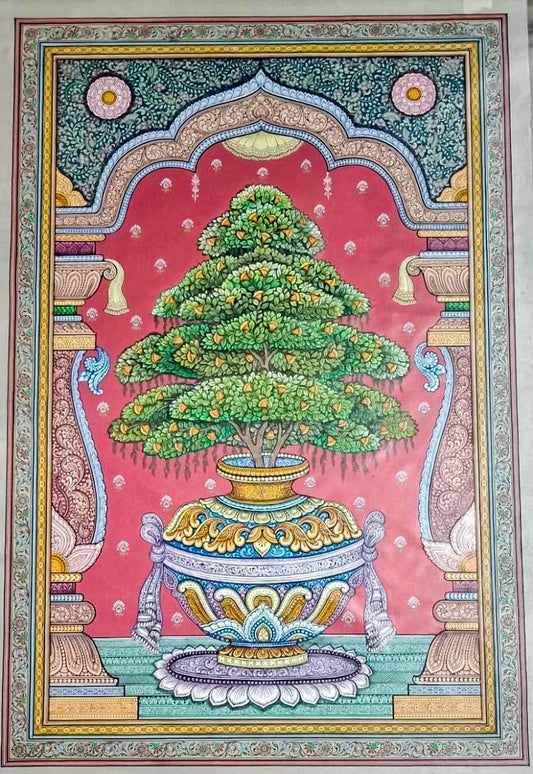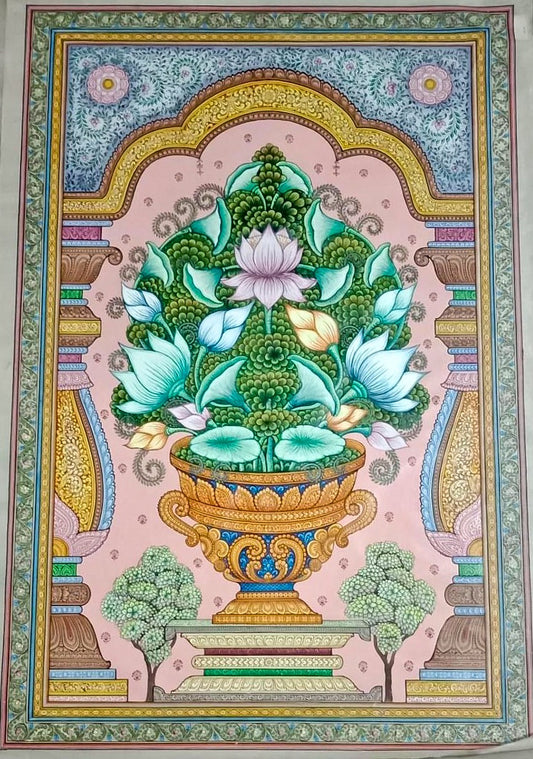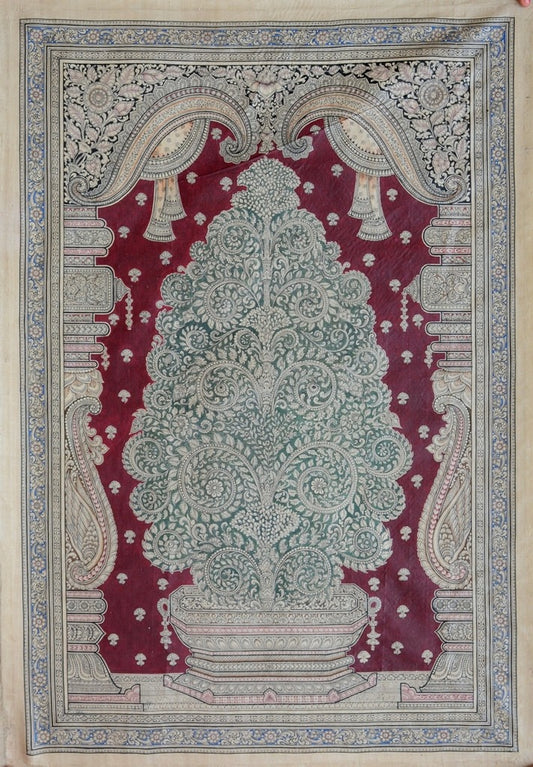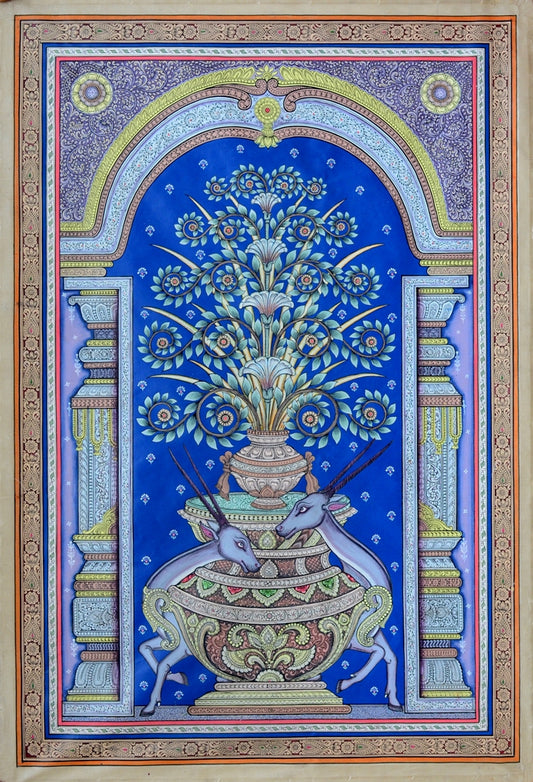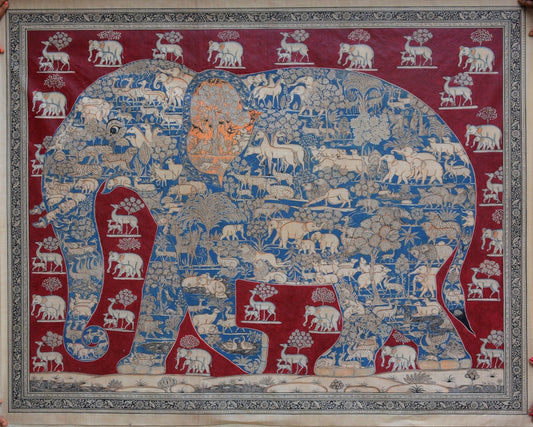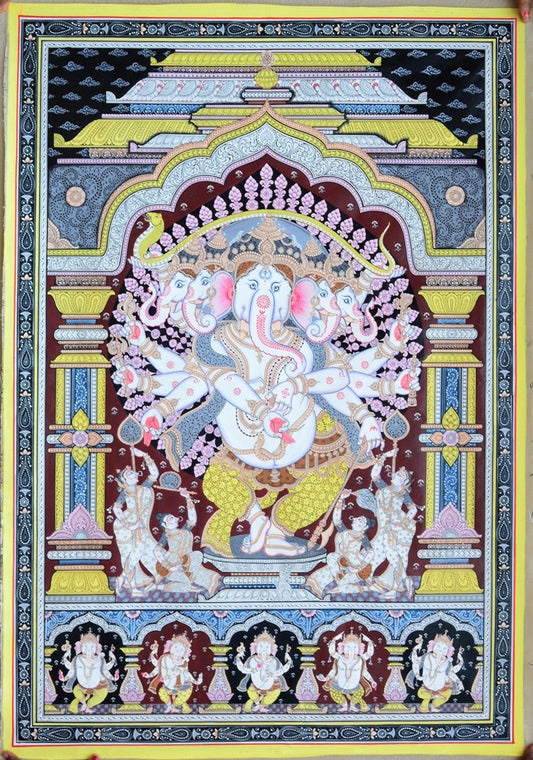Pattachitra
Filters
Style
Availablity
-
Regular price Rs. 39,200Sale price Rs. 39,200 Regular priceUnit price/
Natural colours on Cloth
Sold
-
Regular price Rs. 168,000Sale price Rs. 168,000 Regular priceUnit price/
Natural colours on Cloth
Sold
-
Regular price Rs. 100,800Sale price Rs. 100,800 Regular priceUnit price/
Natural colours on Cloth
Sold
-
Regular price Rs. 33,600Sale price Rs. 33,600 Regular priceUnit price/
Natural colours on Cloth
Sold
-
Regular price Rs. 89,600Sale price Rs. 89,600 Regular priceUnit price/
Natural colours on Cloth
Sold
-
Regular price Rs. 56,000Sale price Rs. 56,000 Regular priceUnit price/
Natural colours on Cloth
Sold
-
Regular price Rs. 39,200Sale price Rs. 39,200 Regular priceUnit price/
Natural colours on Cloth
Sold
-
Regular price Rs. 67,200Sale price Rs. 67,200 Regular priceUnit price/
Natural colours on Cloth
Sold
-
Regular price Rs. 28,000Sale price Rs. 28,000 Regular priceUnit price/
Natural colours on Cloth
Sold
-
Regular price Rs. 56,000Sale price Rs. 56,000 Regular priceUnit price/
Natural colours on Cloth
Sold
-
Regular price Rs. 56,000Sale price Rs. 56,000 Regular priceUnit price/
Natural colours on Cloth
Sold
-
Regular price Rs. 50,400Sale price Rs. 50,400 Regular priceUnit price/
Natural colours on Cloth
Sold
-
Regular price Rs. 50,400Sale price Rs. 50,400 Regular priceUnit price/
Natural colours on Cloth
Sold
-
Regular price Rs. 50,400Sale price Rs. 50,400 Regular priceUnit price/
Natural colours on Cloth
Sold
-
Regular price Rs. 39,200Sale price Rs. 39,200 Regular priceUnit price/
Natural colours on Cloth
Sold
-
Regular price Rs. 33,600Sale price Rs. 33,600 Regular priceUnit price/
Natural colours on Cloth
Sold
-
Regular price Rs. 56,000Sale price Rs. 56,000 Regular priceUnit price/
Natural colours on Cloth
Sold
-
Regular price Rs. 56,000Sale price Rs. 56,000 Regular priceUnit price/
L - longest side upto 60”
Sold
Pattachitra is an Indian traditional art that originated in the eastern Indian states of Odisha and West Bengal. Well known for its intricate details and vibrant colours, Pattachitra usually depicts tales from ancient Indian epics and Hindu mythology. In Odisha, Pattachitra was originally made to use in rituals and was later sold as souvenirs to the pilgrims of Jagannath Puri and other temples in the state. In West Bengal, these paintings were traditionally used as visual aids during musical performances. It often takes weeks or even months to make a single Pattachitra painting. Pattachitra paintings depict stories from the lives of Lord Jagannath — an incarnation of Vishnu — his brother Balabhadra and his sister Subhadra. These paintings originated to substitute the three idols in the temple, that were kept away from worshippers during a 15-day period called Anasar. The deities fall sick after a ceremonial bath on the full-moon day of Jyeshya month (May-June) — which is also the birthday of Lord Jagannath — and are kept away from worshipers for Darshana for the first 15 days of Ashada month (June-July). During this time, the pilgrims worship the Pattachitra paintings of Lord Jagannath, Balabhadra and Subhadra. The word Pattachitra is a combination of two words; patta which means cloth in Sanskrit and chitra which means picture. Traditionally, chitrakars or the artists of Pattachitra made a canvas for this art form with cotton saree, layered on top of each other. They glued these sarees with tamarind paste and wood apple gum. Once the layers of sarees were thick enough, the cloth was sun-dried. The dry cloth or canvas was then coated with a paste made using clay powder and tamarind paste and is rubbed with round stones, piece of wood or sea shells to give the final canvas a clean and white colour. These days, some artists use tussar silk to make this canvas. Rather than sketching the subjects first and then adding in the colours, artists directly fill colours while creating Pattachitra paintings. Even the colour pigments for this traditional art are made using natural resources. Sea-shells are soaked, heated and grounded to make white coloured pigment. Black is made with lamp soot. Red, yellow and blue pigments come from powdered Hingula, Harital, Khandaneela stones respectively, that are commonly found in Odisha. Traditionally, Pattachitra artworks are usually made with these five colours. Seasoned artists can make as many as 120 more colours with these main pigments. These five colours also represent the Pancha-Tatwa or five essential elements of life and Pancha-Rasa or five emotions that the subjects experience. Most of the Pattachitra paintings are made in the town of Raghurajpur. It is a town situated 14 kms away from Puri, where most of the chitrakars live. The paint brushes for traditional art of Pattachitra are also made from natural resources. Mice hair is used to make fine brushes and buffalo hair and keya root make coarse brush. Wooden bowls and coconut shells work as a mixing palette. Other than Lord Jagannath, Ram and Krishna, Pattachitra paintings also depict natural elements such as tree of life, wild and domesticated animals and birds.
Sort by
- Featured
- Best selling
- Alphabetically, A-Z
- Alphabetically, Z-A
- Price, low to high
- Price, high to low
- Date, old to new
- Date, new to old


